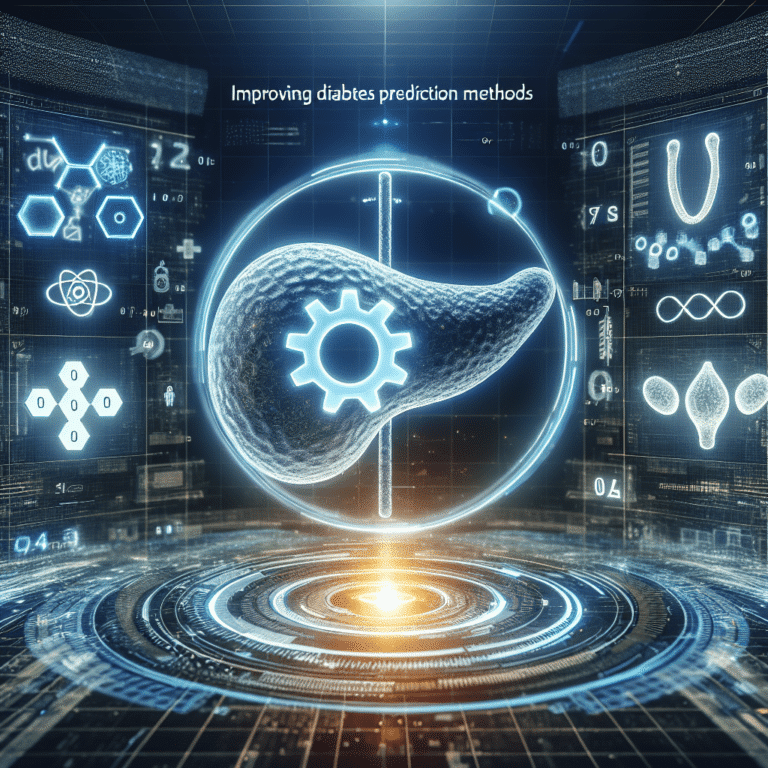Summary
- A new prediction model has been developed using an AI learning algorithm combined with Optuna hyperparameter optimization tool for building diabetes prediction framework.
-
The model was trained for binary classification, trying to predict whether the patient has diabetes or not by using features of a person.
-
LightGBM Run Classification and Regression with the tree based learning algorithm They use Gradient Boosting Decision Trees faster than thought possible. It differs from other algorithms because of its good accuracy performance, higher efficiency by design choices.
-
Optuna optimizes hyperparameters by automatically searching the best parameter configuration to maximize a model’s predictive performance.
-
The combination of data preprocessing, resample-based hyperparameter optimization, and model training techniques have high accuracy in predicting diabetes risk.
In this article, we are going to talk about a more advanced diabetes diagnosis model which is developed by Pro. A study aimed to design an efficient and accurate model in predicting diabetes (as an aid for healthcare professionals), which can facilitate clinical decision-making.
So, what does this all mean? Let me simplify it. Diabetes Prediction: in other words, we are trying to predict patients who may get the disease that is diabeetes. To do so, the researchers used a technique using an extra computer program called LightGBM (which is very good at learning from data) as well as another one named Optuna that helps in finding the best settings for this LightGBM.
Researchers leverage a dataset that included data on factors such as age, gender, BMI and several health conditions. The data is used to train the model that predicts whether person has diabetes or not.
The analysis showed that the integration of LightGBM designs with the Optuna suite allowed for a very accurate forecast model for identifying high-risk diabetes. With this model, it accurately predicted whether or not an individual may develop diabetes.
Finally, it became clear that developed model for diabetes risk is remarkably high performing by employing methods seen in LightGBM and Optuna. This approach could be a significant tool in healthcare environments that direct the treatment opportunities regarding patients to medical experts.
Source link
Diabetes & Endocrinology, Optimization, Prediction Methods, Combinatorial Balancing Algorithm


